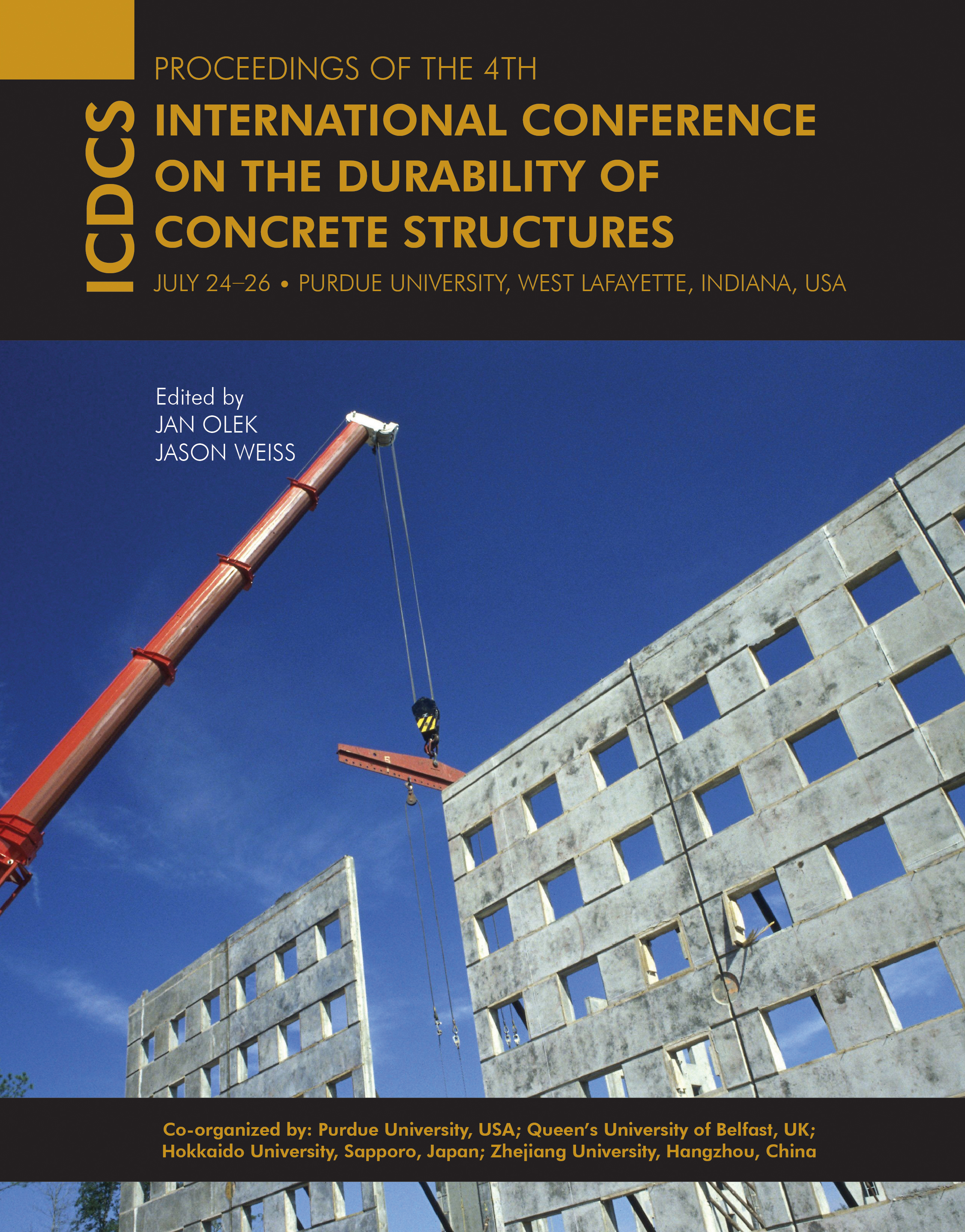Abstract
In this article, embedded ultrasonic sensors were prepared using 1–3-type piezoelectric composite and piezoelectric ceramic as the piezoelectric elements, respectively. The frequency bandwidth of the novel embedded ultrasonic sensors was investigated. To obtain the relationship between the receiving ultrasonic velocity and compressive strength, as well as their response signals to crack damage, the sensors were fabricated and embedded into the cement mortar before testing. The results demonstrated that the piezoelectric composite sensor had wider frequency bandwidth than the piezoelectric ceramic sensor. The compressive strength and ultrasonic velocity had a positive linear relationship, with a correlation coefficient of 0.9216. The head wave amplitude of the receiving ultrasonic signal was sensitive to the changing crack damage and gradually decayed with the increasing degree of cement damage. Thus, the novel embedded ultrasonic sensors are suitable for concrete health monitoring via ultrasonic non-destructive testing.
Keywords
compressive strength, crack, embedded ultrasonic sensor, frequency bandwidth, piezoelectric composite
Date of Version
July 2014
DOI
10.5703/1288284315429
Recommended Citation
Huang, Shifeng; Li, Mimi; Xu, Yuesheng; Xu, Dongyu; Xie, Xinchun; and Cheng, Xin, "Research on Embedded Sensors for Concrete Health Monitoring Based on Ultrasonic Testing" (2014). International Conference on Durability of Concrete Structures. 3.
https://docs.lib.purdue.edu/icdcs/2014/damagemonitoringandrepair/3
Included in
Research on Embedded Sensors for Concrete Health Monitoring Based on Ultrasonic Testing
In this article, embedded ultrasonic sensors were prepared using 1–3-type piezoelectric composite and piezoelectric ceramic as the piezoelectric elements, respectively. The frequency bandwidth of the novel embedded ultrasonic sensors was investigated. To obtain the relationship between the receiving ultrasonic velocity and compressive strength, as well as their response signals to crack damage, the sensors were fabricated and embedded into the cement mortar before testing. The results demonstrated that the piezoelectric composite sensor had wider frequency bandwidth than the piezoelectric ceramic sensor. The compressive strength and ultrasonic velocity had a positive linear relationship, with a correlation coefficient of 0.9216. The head wave amplitude of the receiving ultrasonic signal was sensitive to the changing crack damage and gradually decayed with the increasing degree of cement damage. Thus, the novel embedded ultrasonic sensors are suitable for concrete health monitoring via ultrasonic non-destructive testing.





